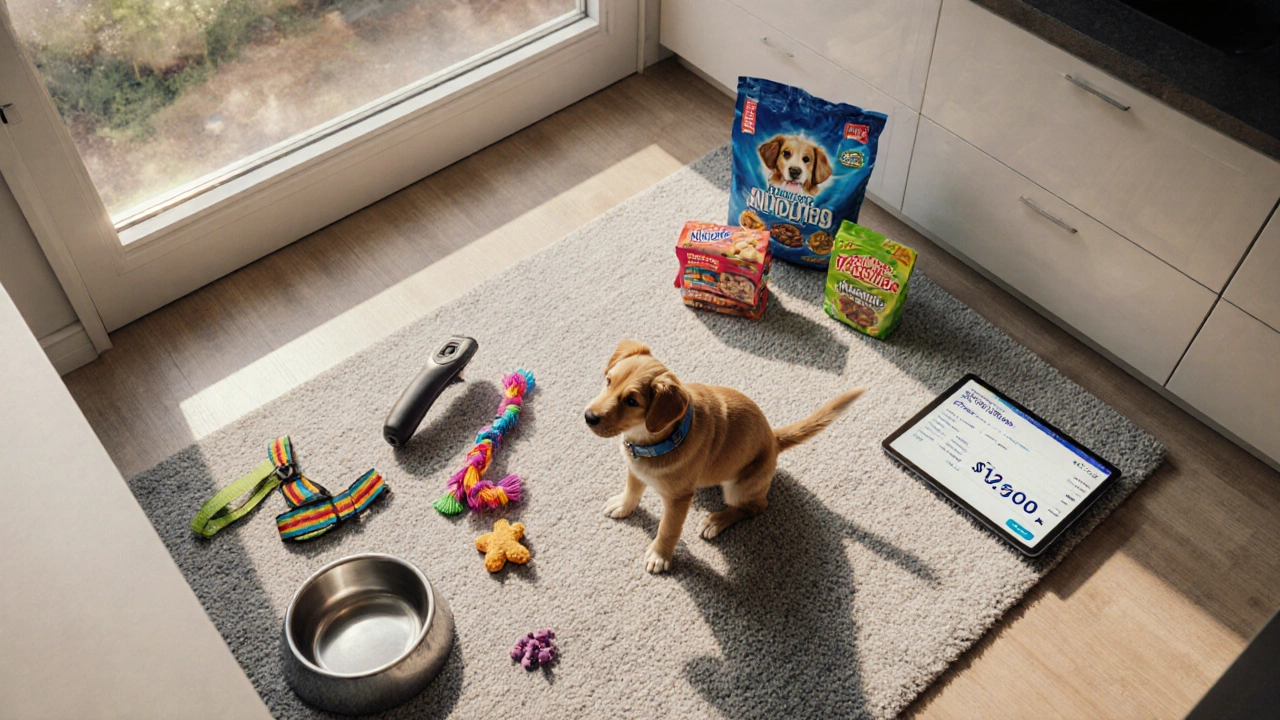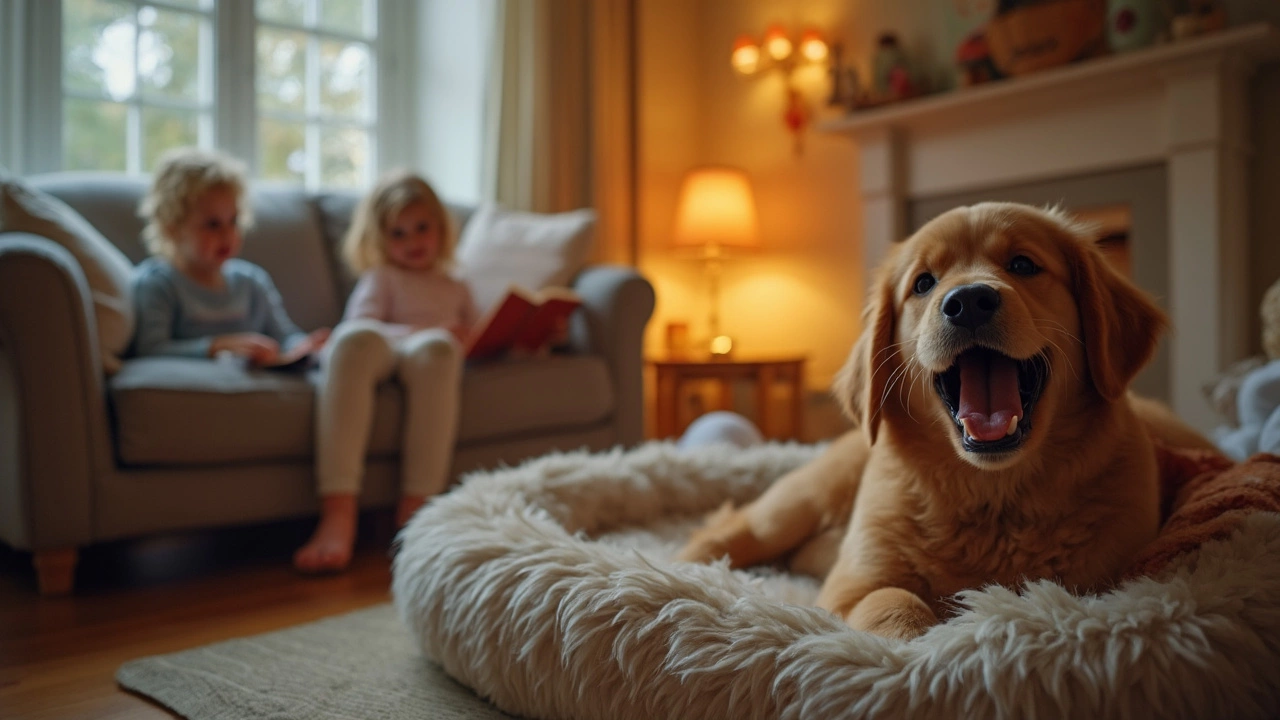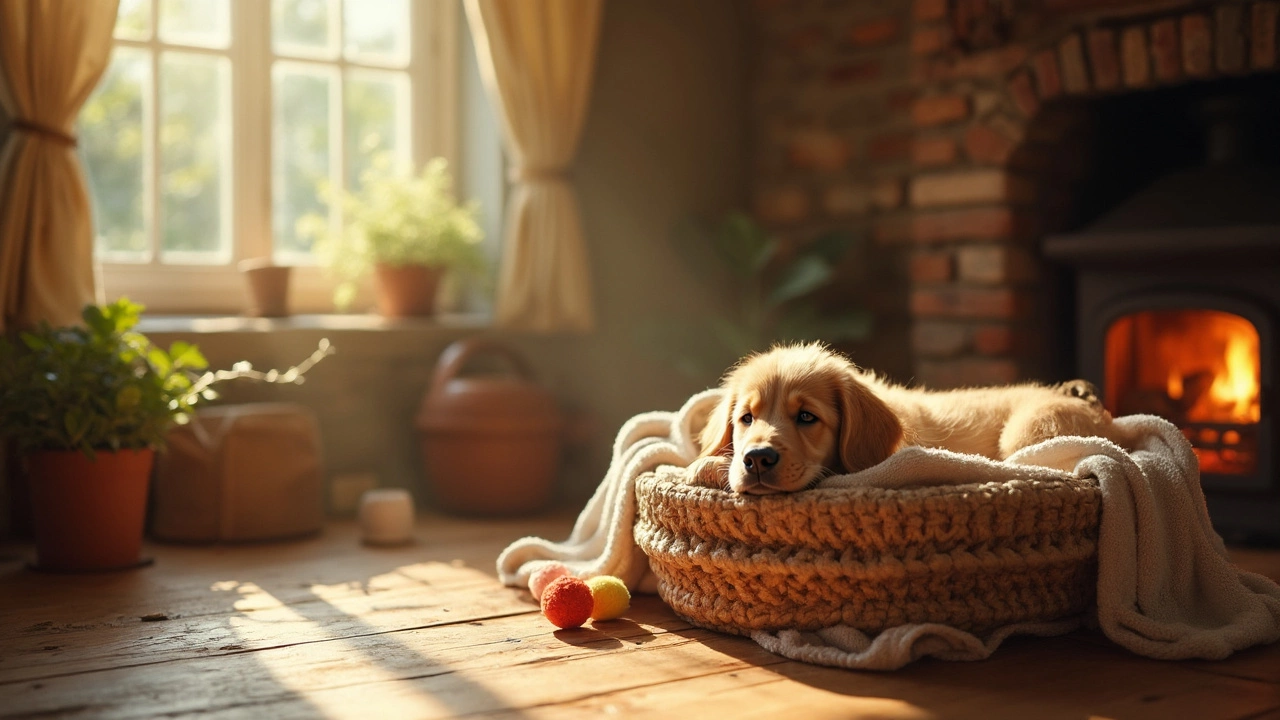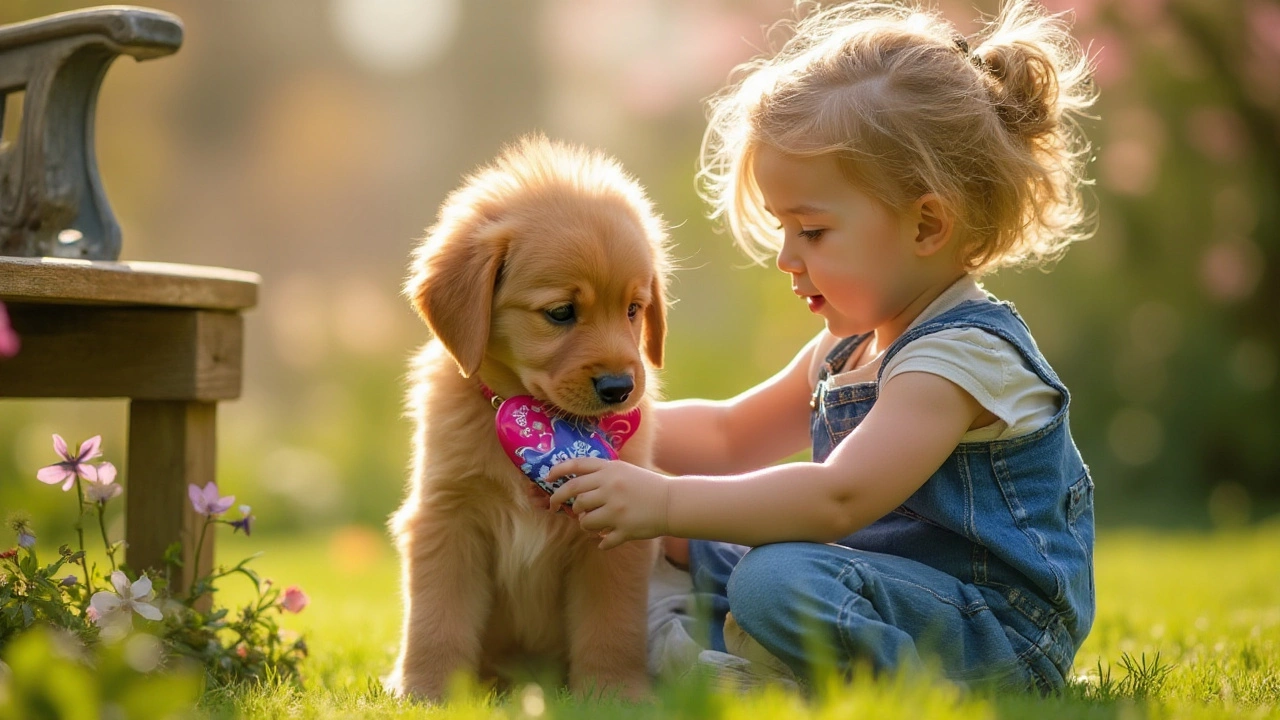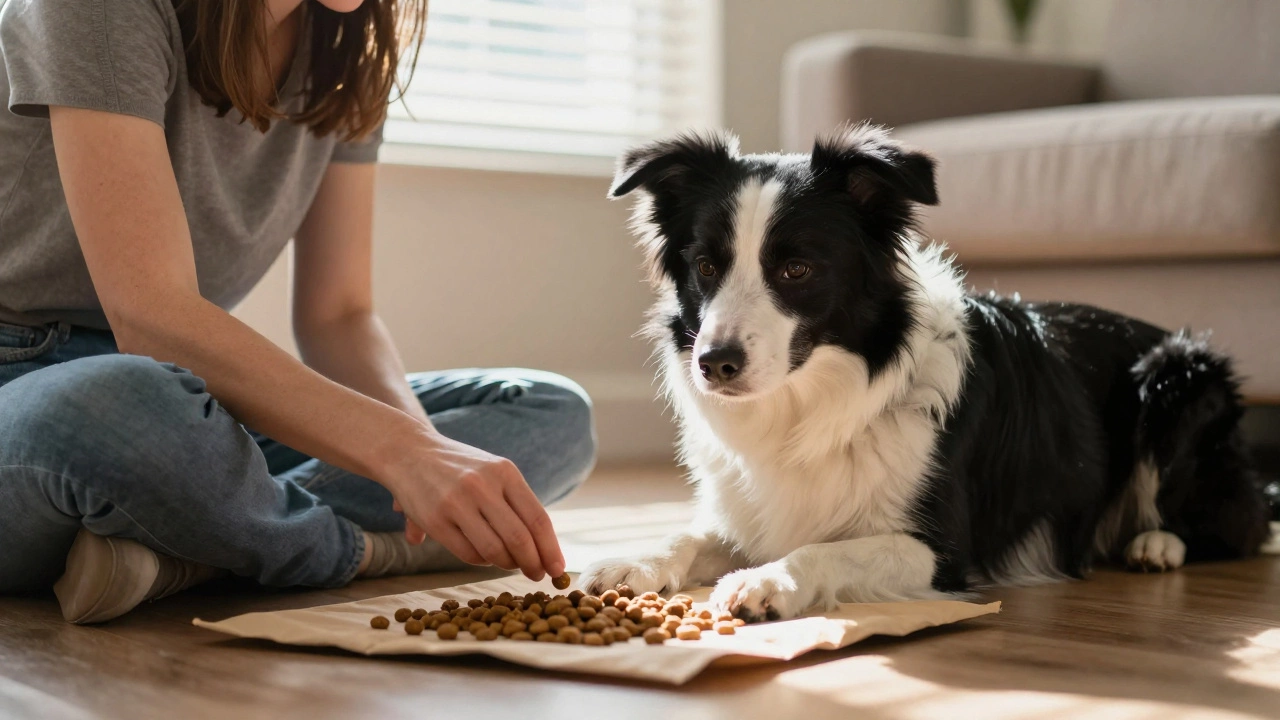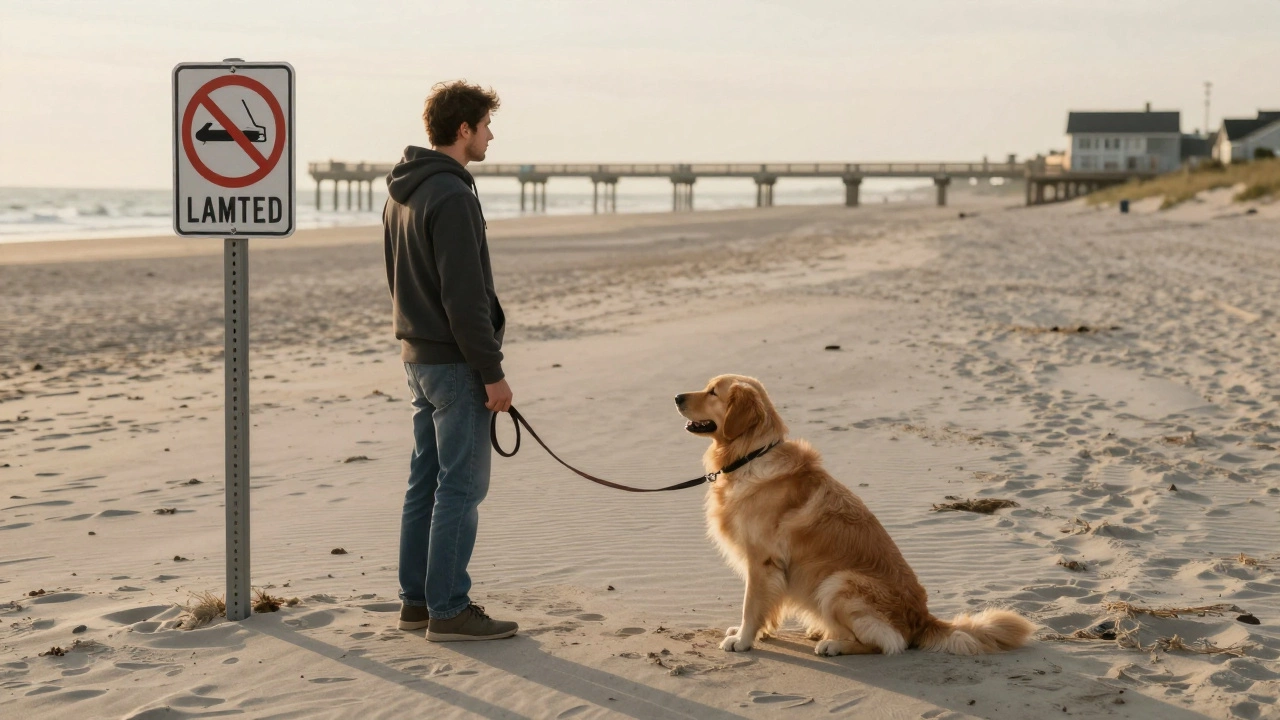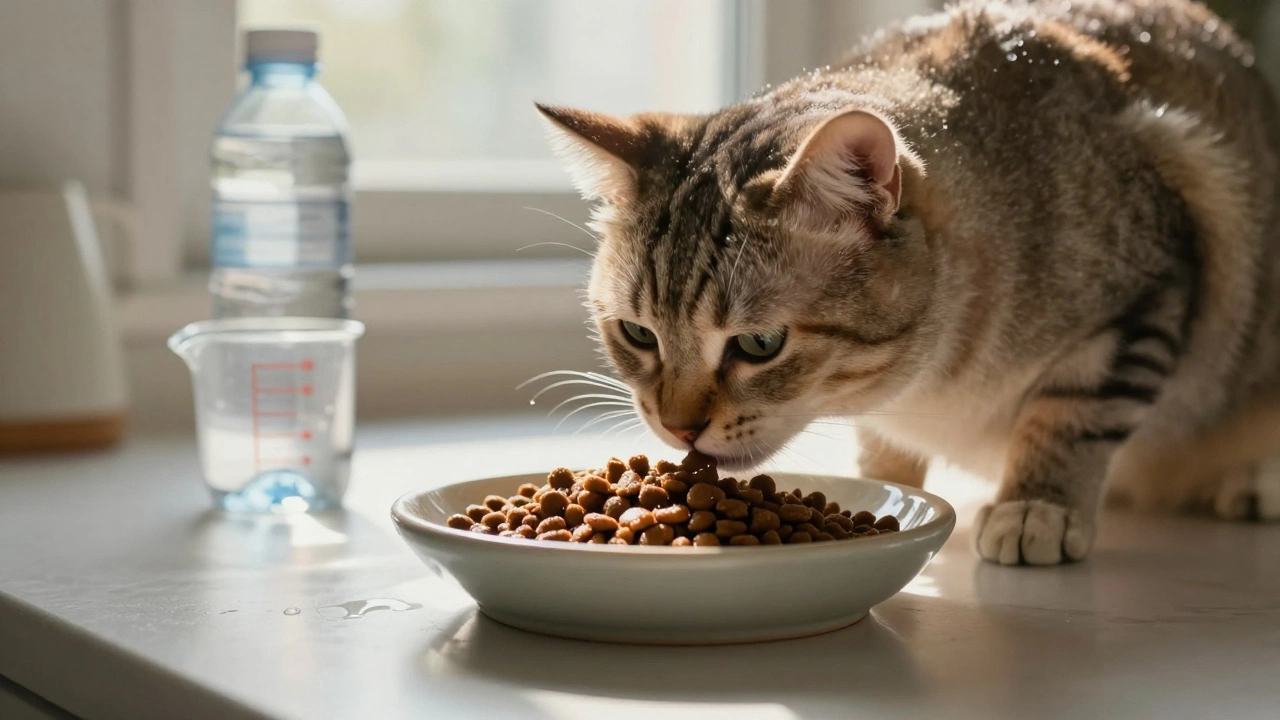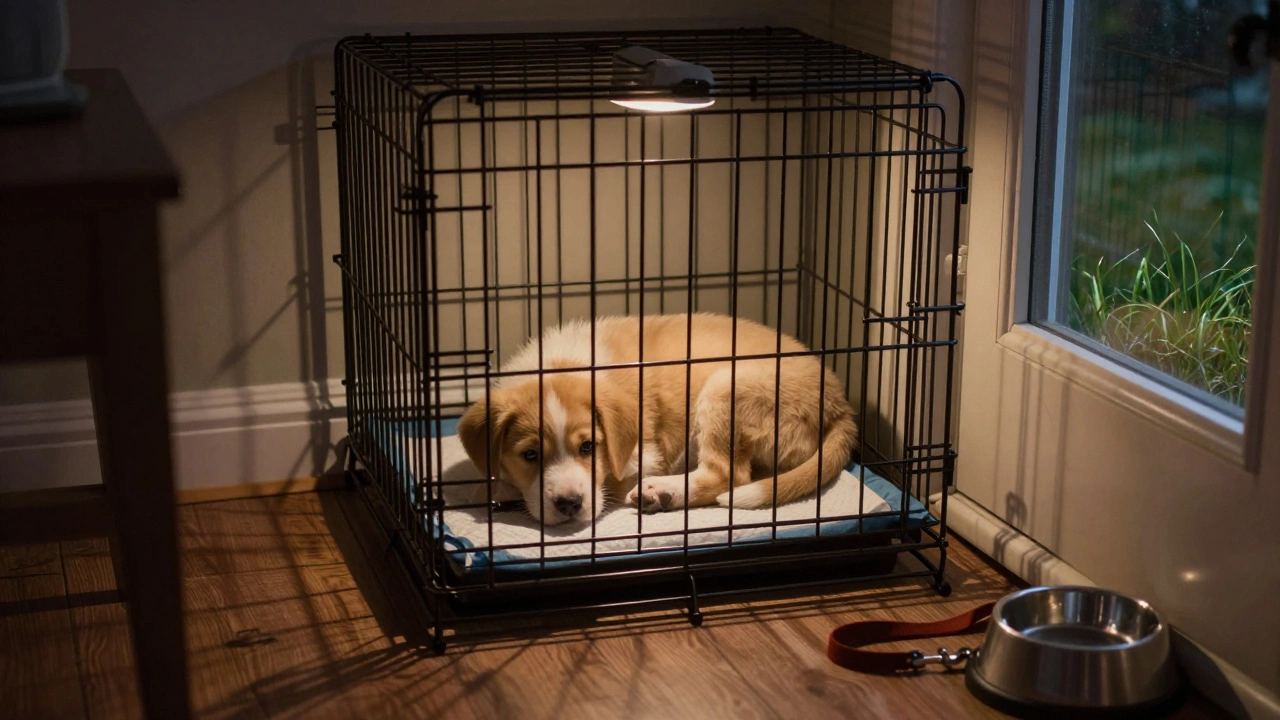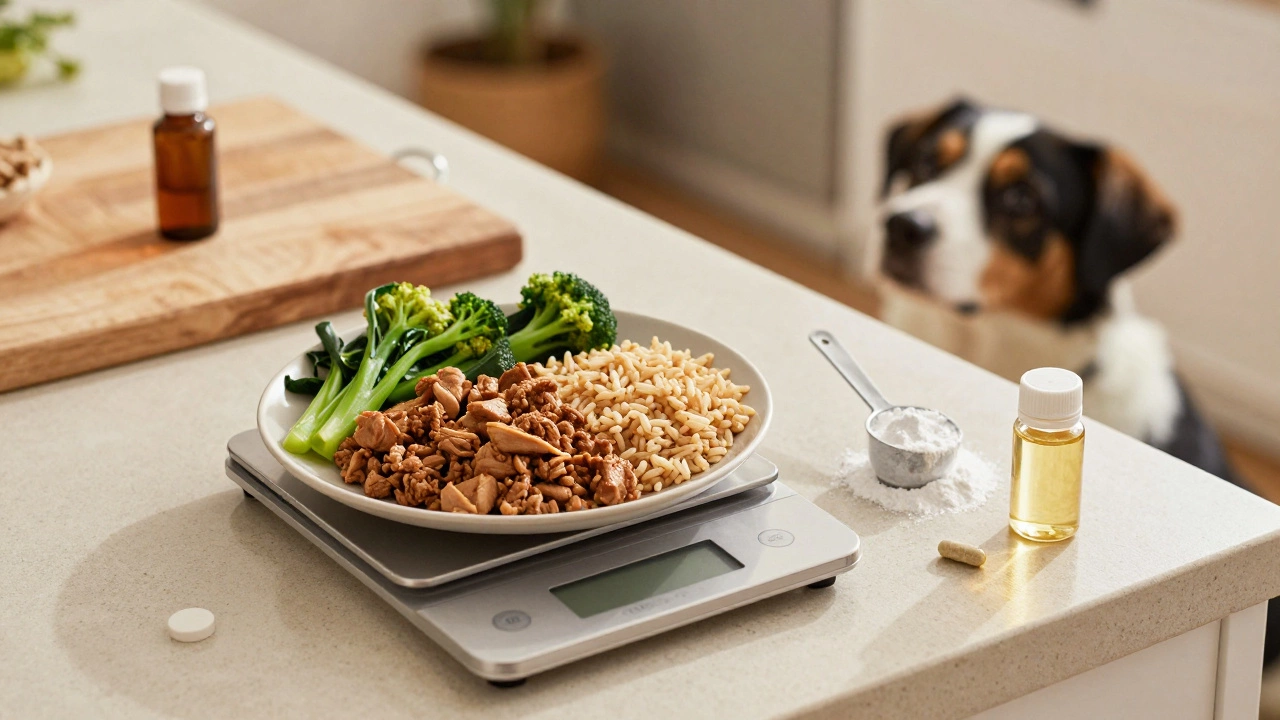Puppy Cost Calculator
Estimate Your Puppy Costs
Get a realistic budget based on your breed and lifestyle choices
Your Estimated Costs
Key Insights
The article mentions $1,500-$2,500 upfront costs. Our calculator shows how your choices affect this range.
- Monthly Food Cost $60-$80
- Insurance Savings Up to $1,000
- House Training 3-6 months
Bringing home a Puppy is a young dog that demands more than cute photos and occasional walks. Most first‑time owners picture tail‑wags and bedtime snuggles, but the reality includes surprise costs, sleepless nights, and a steep learning curve. Below you’ll find the stuff no one mentions in glossy ads, so you can start your puppy care journey ready for the real deal.
Quick Takeaways
- Expect $1,500-$2,500 in upfront costs beyond the purchase price.
- Sleep loss is normal for the first 8‑10 weeks; plan a night‑shift schedule.
- House training can take 3-6 months; consistency beats intensity.
- Early socialization is a make‑or‑break factor for future behavior.
- Invest in professional vet visits and puppy insurance to avoid pricey emergencies.
1. The Hidden Price Tag
Most breeders quote a flat fee, but the actual out‑of‑pocket spend balloons quickly. Initial vaccinations, deworming, microchipping, and a starter kit of harness, leash, and crate can add $400-$600. Quality kibble for a growing puppy often costs $60-$80 per month, and you’ll need a backup food supply for emergencies.
Don’t forget the less obvious items: puppy‑proofing supplies (gate, outlet covers), training treats (you’ll use thousands), and a pet‑insurance policy. A basic policy runs around $15-$25 per month, but it can save you $1,000+ if an accident occurs during those curious, bite‑first weeks.
2. Sleep Deprivation Is Real
A newborn puppy sleeps a lot-up to 18 hours a day-but most of that sleep is broken into short bursts. Expect to get up every 2-3 hours for potty breaks and reassurance. Your partner’s insomnia will be noticeable, and the occasional midnight howl is a sign they need to be let out.
Set up a night‑time routine now: a specific sleeping pad, a dim night‑light, and a soft toy with a faint scent of you. Consistency helps the pup adjust, and you’ll all get longer stretches of uninterrupted sleep after the first month.
3. House Training Challenges
The phrase “house trained in a week” is a myth. Most puppies need 3-6 months to reliably signal when they need to go outside. The key is a predictable schedule: feed at the same times, take the puppy out first thing in the morning, after meals, and before bedtime.
When a mistake happens, keep the tone neutral-no shouting. Clean accidents with an enzymatic cleaner; lingering smells will entice repeat accidents. A simple cue word like “outside” paired with a treat reinforces the behavior.
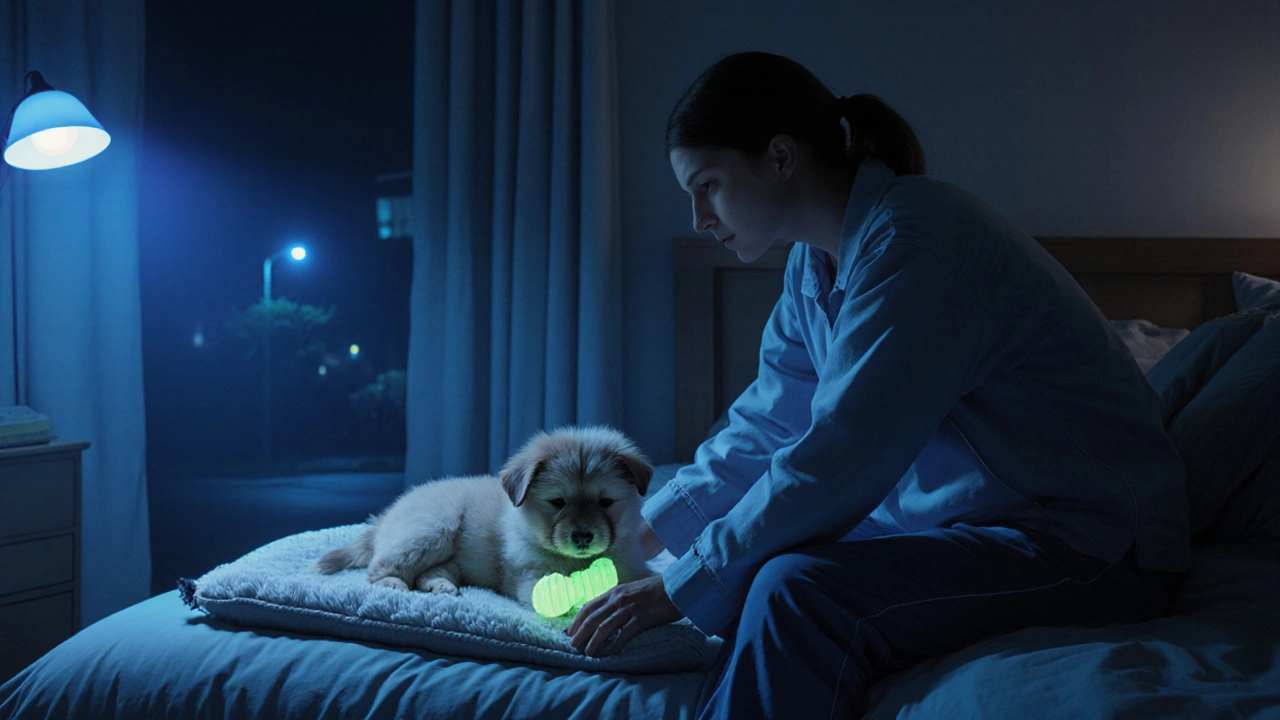
4. Socialization and Behaviour Pitfalls
Early exposure to people, other dogs, sounds, and surfaces builds confidence. Between 8 and 16 weeks is the critical window. Enroll in a puppy‑socialization class, take short walks in busy areas, and let the pup explore soft grass, gravel, and carpet.
Missing this window can lead to fear‑based aggression or extreme shyness. Introduce new experiences gradually, and always reward calm behavior with treats or praise.
5. Health Visits You Can’t Skip
Schedule the first Vet Visit within the first two weeks to establish a health baseline, start core vaccinations, and discuss deworming schedules. The vet will also screen for congenital issues that may not be obvious at home.
Bring a list of questions: flea/tick preventatives, heartworm testing (especially if you plan trips to the countryside), and the best dietary plan for the breed. If you choose puppy insurance, the vet can help you file claims efficiently.
6. Chewing: The Great Destruction
Teething starts around 3 weeks and peaks at 4-6 months. Expect a puppy to chew on everything-shoes, cords, furniture legs. Provide a rotation of safe chew toys: rubber Kongs, frozen carrot sticks, and nylon chew bones.
Never punish a chew incident; redirect to an appropriate toy. Positive reinforcement teaches the pup what is acceptable, while harsh discipline can create anxiety and increase destructive behavior.
7. Puppy‑Proofing Your Home
Before the puppy sets paws inside, conduct a thorough walk‑through. Secure trash cans, move toxic plants, and lock away chemicals. Install Puppy Proofing measures such as baby gates, outlet covers, and locked cabinets to keep hazards out of reach.
Small items like socks and headphones become choking hazards. Keep them in drawers, and provide a designated chew zone to satisfy the urge to explore with the mouth.
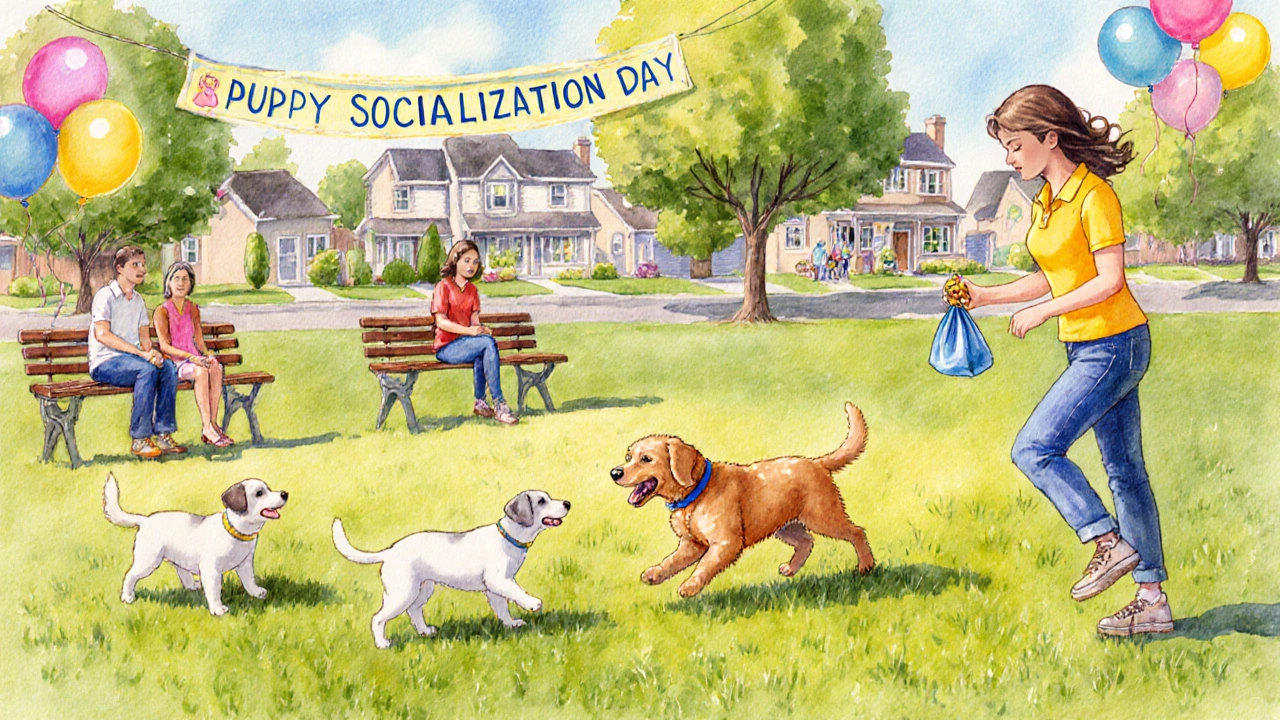
8. Matching Breed to Lifestyle
Every breed brings its own energy level, grooming needs, and temperament. A high‑energy Border Collie will need at least two hours of mental and physical stimulation daily, while a laid‑back Bulldog might be content with short walks.
Research the breed’s typical health concerns, shedding patterns, and training ease. If you’re an apartment dweller, consider a smaller, lower‑energy breed or a mixed‑breed with adaptable traits.
9. First‑Week Checklist
- Choose a quiet, safe sleeping area with a crate or pen.
- Set up feeding schedule: three meals a day for 8‑12‑week puppies.
- Schedule the initial vet appointment.
- Buy a variety of chew toys and start House Training routine with regular potty trips and reward systems.
- Begin short social walks: introduce one new person or dog each day.
- Enroll in a puppy‑training class within the first month.
10. Pro Tips to Avoid Common Mistakes
- Consistency beats intensity. Keep commands, cues, and rewards the same across family members.
- Don’t rely on “puppy pads” as a long‑term solution; they delay proper house training.
- Invest in professional training early; a few sessions prevent bad habits that are hard to break later.
- Track expenses in a spreadsheet; you’ll be shocked at how quickly costs add up.
- Give the pup a “quiet time” space to retreat when overstimulated.
Frequently Asked Questions
How long does it take to fully house‑train a puppy?
Most puppies become reliably house‑trained between 3 and 6 months, provided you follow a consistent schedule and use positive reinforcement.
Do I really need puppy insurance?
While optional, puppy insurance can save thousands on unexpected injuries or illnesses during the costly first year, especially for large‑breed pups prone to joint issues.
What’s the best way to socialize a puppy safely?
Enroll in a vetted puppy class, arrange controlled playdates with healthy, vaccinated dogs, and expose the pup to varied environments (parks, streets, pet‑friendly stores) while keeping experiences short and positive.
How much should I feed my puppy?
Follow the manufacturer’s guidelines based on weight and age, typically 3-4 meals per day for 8‑12‑week puppies, adjusting portions as the puppy grows. Consult your vet for breed‑specific recommendations.
When should I start training commands?
You can begin basic commands like “sit” and “come” as soon as the puppy shows attention span-usually around 8 weeks. Short, positive sessions (2‑3 minutes) work best.
Getting a puppy is a rewarding adventure, but it comes with hidden hurdles that catch many new owners off guard. By planning for the real costs, setting up a solid routine, and tackling training head‑on, you’ll give your new companion the best chance to grow into a well‑behaved, happy adult dog.

